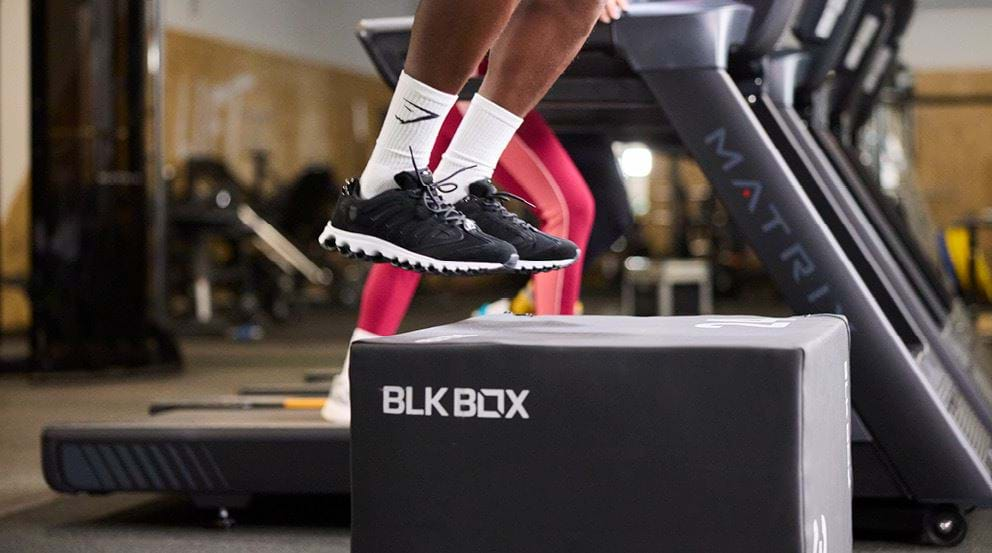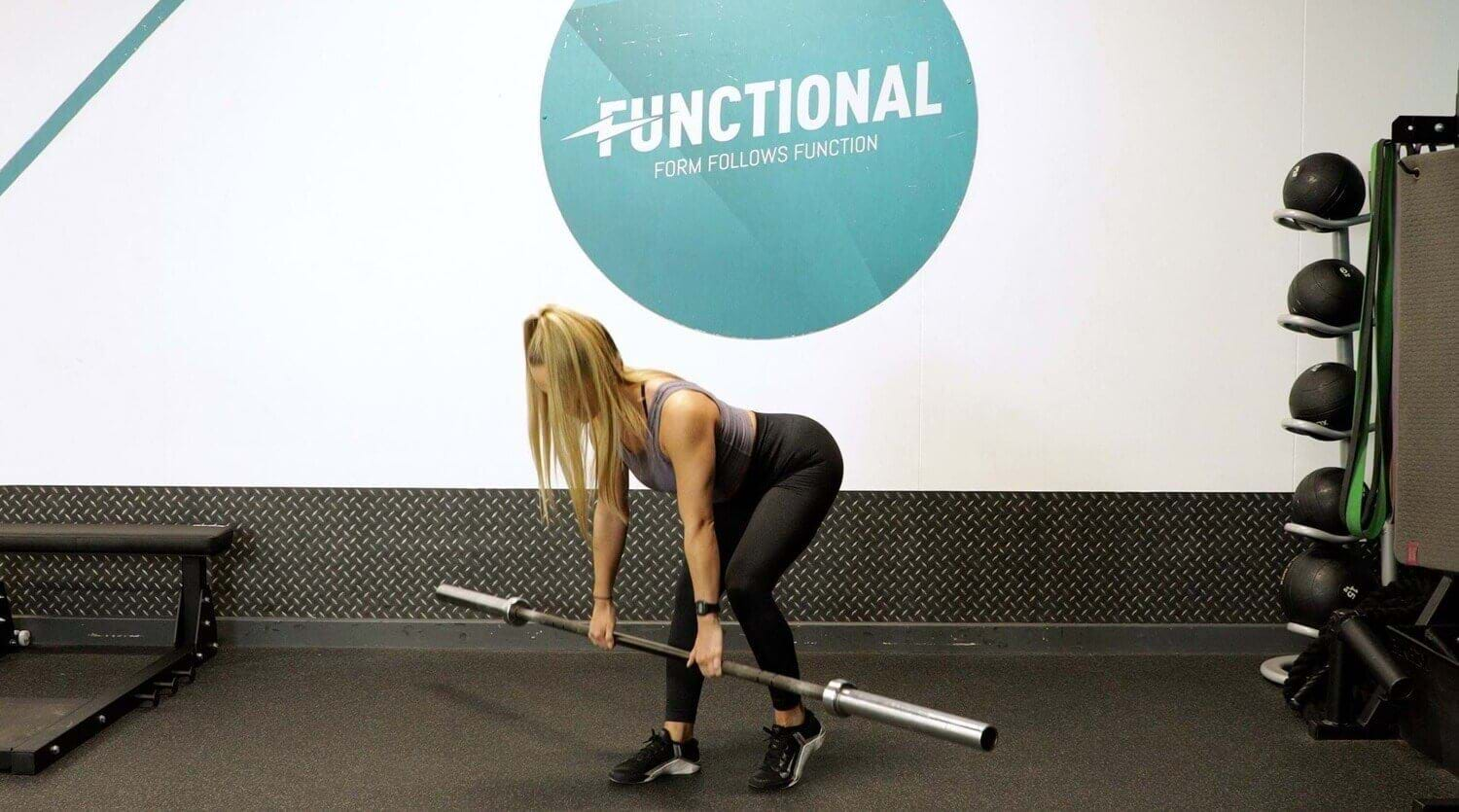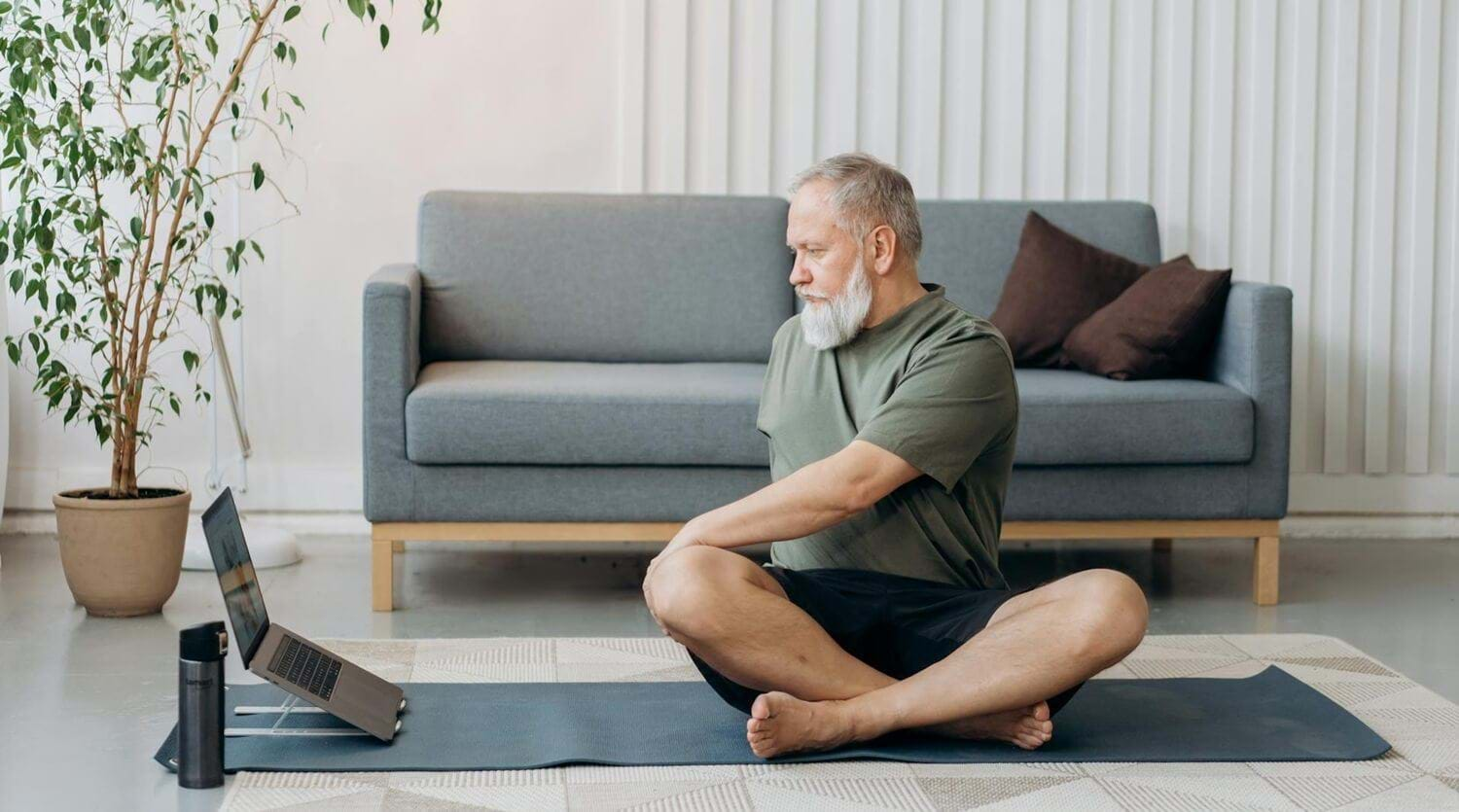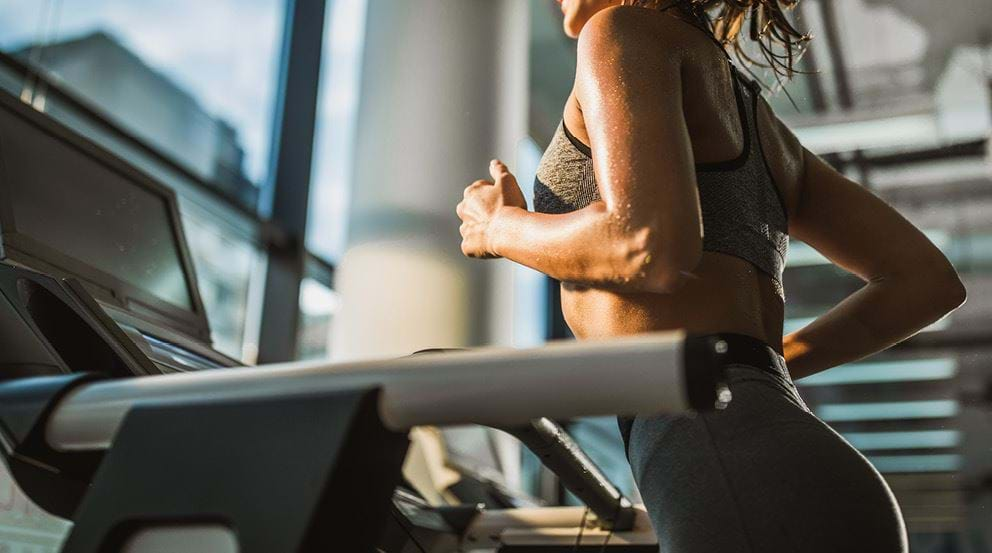Workouts to Jump Higher: Exercises for Explosive Power

Benefits | Muscles | Strength Training | Plyometrics | Speed & Agility Drills | Core & Stability | Gym Workout To Jump Higher | Common Mistakes
For most adults, jumping isn't something that gets practice regularly, but jump training is a great way to add variety to your workout routine while getting stronger and faster.
Professional rugby player and PureGym Leeds PT Mo Agoro shares everything you need to know on how to jump higher, including how to structure a jump higher workout and the best exercises and workouts to jump higher.
Jump straight to the workout here.
Why Train Your Jump Power?
Jumping higher is a key marker of lower body explosiveness. For athletes, the ability to jump higher directly impacts springing, change of direction, and on-field performance in sports like rugby, football, and volleyball. Running and athletics athletes also benefit as jumping power helps to generate more power during their stride.
For general fitness, improving your vertical jump increases leg power, balance and coordination, and functional athleticism, and builds lower body strength and bone density, leading to stronger and more stable joints. Including jumps in your workouts can also strengthen the cardiovascular system.
An added benefit of jump training is that it's quite fun!
What Muscles Are Involved In Jumping?
Jumping relies on the glutes, quads, hamstrings, and calves to generate power. The more power these muscles can produce, the higher your vertical jump will be.
While the legs produce the power, the core and hip flexors work to provide trunk stability and control during take off and landing, helping transfer force efficiently and reduce injury risk.
Workouts To Help You Jump Higher
If you want to jump higher, you need to increase your lower body muscle power: the ability to produce a large amount of force in a short amount of time. Power has been widely studied and even has its own equation: Power = Force x Velocity.
In simple terms, power is the combination of strength and speed. Increasing the strength your muscles can generate, and the speed they can generate it at, will increase your power and improve your jump height.
This means your gym workouts to jump higher should include a combination of strength training, speed and agility drills, and specific vertical jump power exercises.
Strength Training For Explosive Power
These strength training exercises will build maximum lower body strength. Combine them to create a leg workout to jump higher, or build them into your gym workout for jumping higher across the week.
Trap bar deadlift: develops total body force, especially through the posterior chain
Barbell back squat: this foundational movement improves full lower body strength
Bulgarian split squat: builds single leg strength to correct asymmetries and improves balance
Romanian deadlift: targets the glutes and hamstrings to improve hip power and protect against injuries
Barbell hip thrust: maximises glute strength and hip extension which are crucial for vertical jumping
Plyometric Exercises For Jumping Power
Plyometric exercises are explosive movements that involve the stretching of a muscle followed by a rapid contraction. These exercises help to develop fast twitch muscle fibres, the fibres responsible for producing quick bursts of energy. Including plyometrics in your jump higher gym workout directly trains jumping power while conditioning the joints and tendons to jumping.
Broad jumps: builds horizontal power and teaches soft, controlled landings
Box jumps: trains explosive vertical power while minimising landing stress
Depth jumps: improves reactivity by training the stretch shortening cycle
Lateral bounds: enhances single leg stability and side to side explosiveness
Pogo jumps: builds ankle stiffness and reactivity through quick, springy ground contacts
Speed And Agility Drills
It’s important to include speed and agility drills in workouts that will make you jump higher, as this will train the body to produce force quickly. These three exercises train true agility by increasing foot speed as well as decision making and directional control.
Sprints: trains explosive intent and rapid force production
Cone change of direction drills: builds deceleration control and re-acceleration mechanics
Reactive mirror drills: improves agility through reaction-based movement under pressure
Core And Stability Training
A strong, reactive core improves landing mechanics, reduces wobble, and supports force transfer, meaning more efficient jumps with reduced risk of injury.
Pallof press: builds anti-rotation strength which helps to maintain trunk control during landing
Dead bug: reinforces bracing and coordination under movement, keeping the spine stable on impact
Ankle And Foot Strength
Ankle and foot strength should also be included in your jump higher training. Exercises like calf raises and balance work can improve ground stiffness and force transfer for greater power.
Full Body Gym Workout To Make You Jump Higher
You can incorporate jump higher training by adding the above exercises into your existing gym workouts, or you can create workouts for jumping higher specifically. If you would rather follow a specific plan, this is one of the best workouts to jump higher you can find.
Perform this jump workout twice a week, leaving 48 – 72 hours between sessions. Focus on intent and movement quality, especially during jumps.
Warm up
This warm up takes 10-12 minutes and helps to mobilise the joints, activate the muscles, and prime the nervous system for explosive work.
Dynamic Mobility (2-3 mins)
- Leg swings (forward/back & lateral) - 10 each
- Hip openers - 5 per side
- Deep squat + reach -30 seconds
Activation (3-4 mins)
- Banded glute bridges - 2x12
- Lateral band walks - 2x10 steps each way
Movement Prep / Reactive Work (4-5 mins)
- Pogo jumps - 2x15 secs
- A-skips - 2x20m
- Hops to stick landing - 2x2 each leg
Strength & Power Workout
Power Complex (Strength + Plyo Pairing)
1A. Trap Bar Deadlift - 4x3-5
1B. Broad Jump - 4x3
→ Builds max force and explosive horizontal power.
Lower Body Accessory Strength
2. Bulgarian Split Squat - 3x6-8 each leg
→ Develops single-leg strength and muscular balance.
Core & Stability
3A. Pallof Press - 3x12/side
3B. Dead Bug - 3x10
→ Improves trunk control and landing mechanics.
Upper Body Strength Block (Hypertrophy Focus)
4A. Dumbbell Bench Press - 3x8-10
4B. Chest-Supported Row - 3x8-10
→ Keeps the session balanced and supports upper-body development.
Cooldown
Finish with 30 seconds stretching per muscle group: hamstrings, glutes, calves, quads, chest, shoulders, lats.
Common Mistakes To Avoid In Jump Training
Want to make the most from your jump higher gym workouts? Here are common mistakes to avoid:
- Relying only on plyometrics without building strength. While plyometrics trains power, strength training is a more efficient way to build strength which helps you to produce greater power.
- Poor landing control and alignment. Poor alignment and control reduces force transfer and puts you at greater risk of injury.
- Overtraining jumps with too much volume. Jumps are a high impact and high intensity exercise, and overdoing it on volume can increase your likelihood of an injury.
- Skipping proper warm-up or movement prep. A good warm up primes the joints, muscles, and nervous system so that they are ready to go. Skipping these makes your workout less effective and puts you at higher risk of injury.
- Not progressing or tracking performance over time. Tracking your progress helps to pinpoint if your training is working or if it needs adjustments, and helps to keep you motivated.


